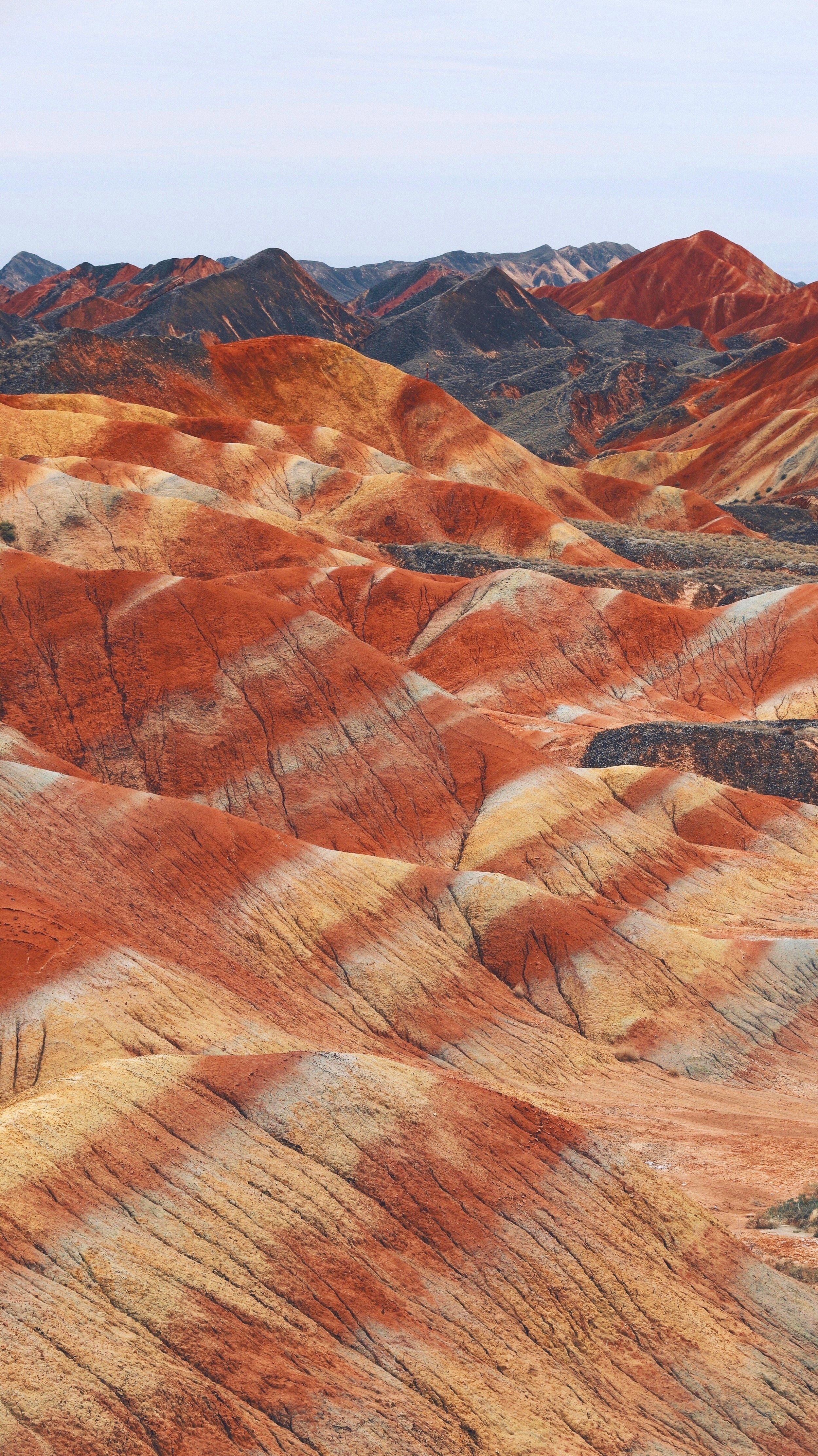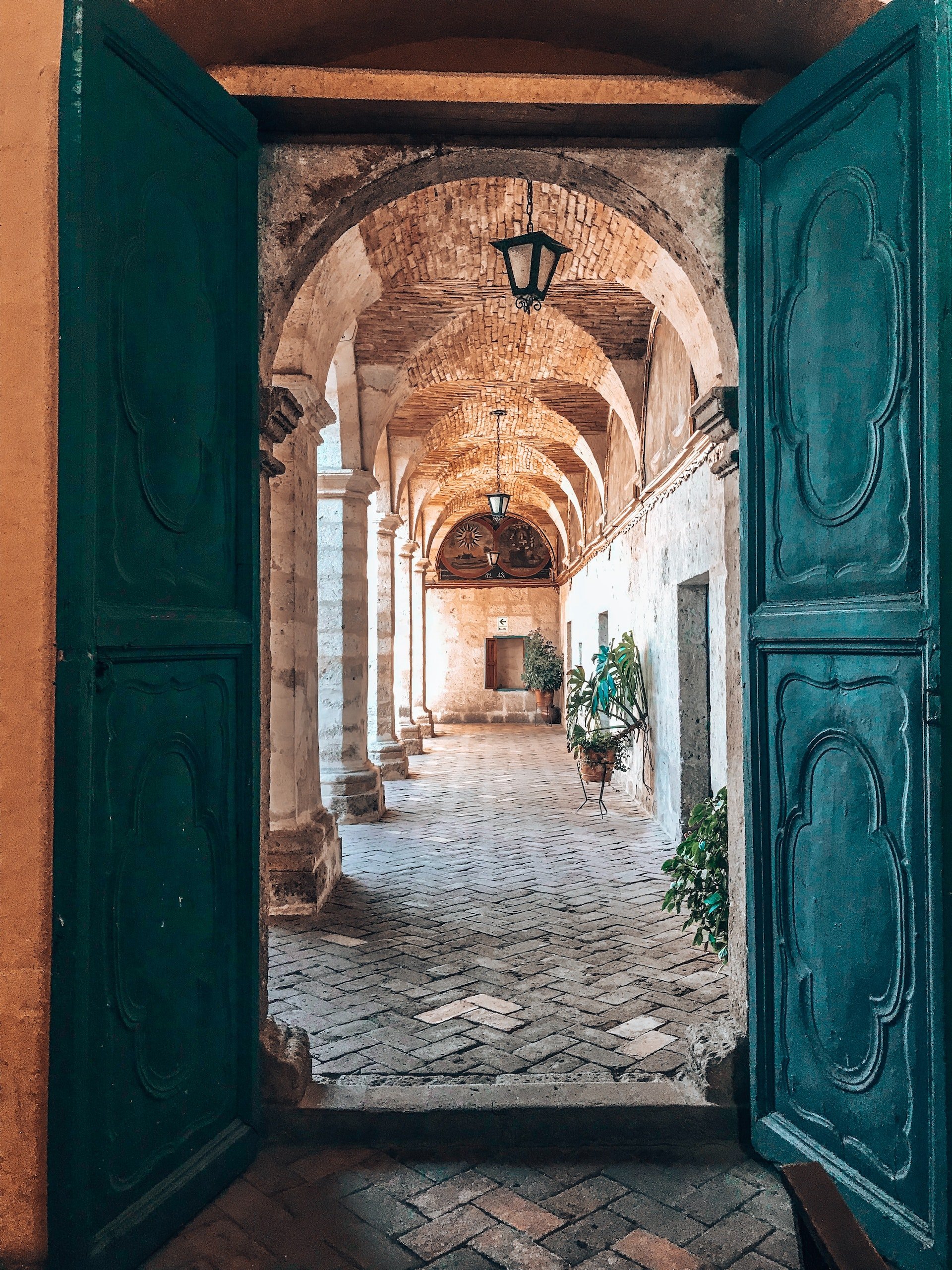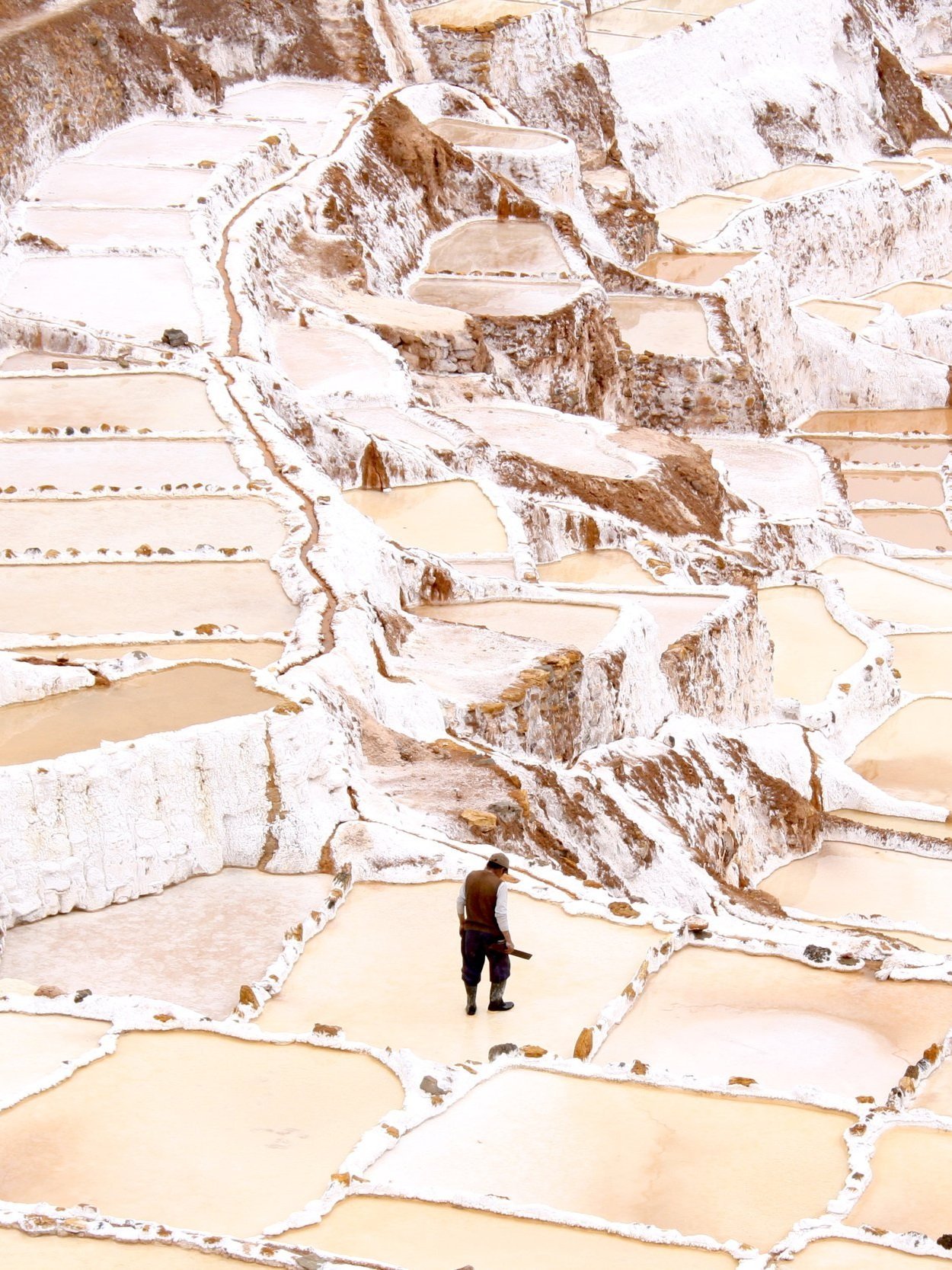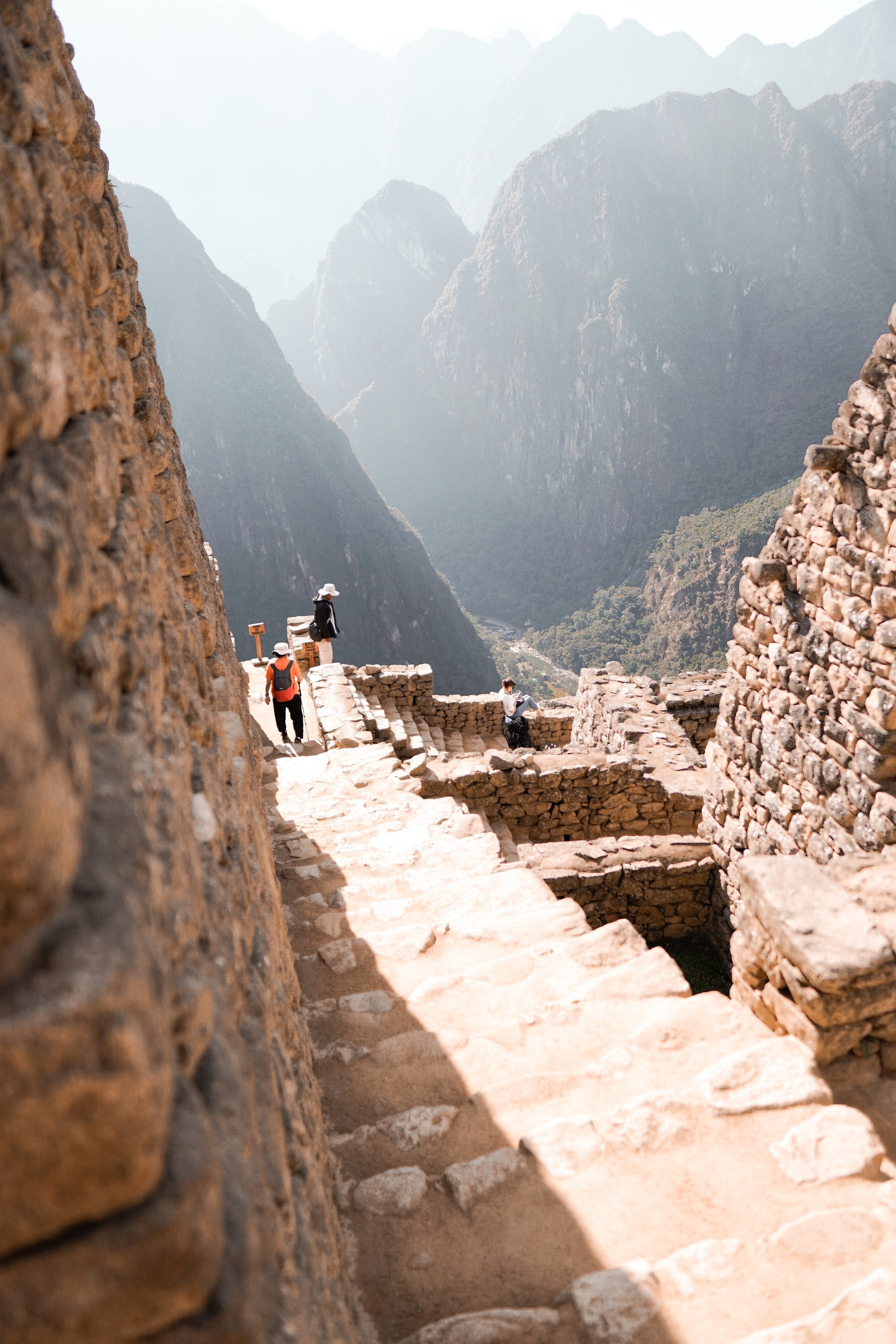Walk in the Clouds of Peru
Walk in the clouds of Peru
Words by Dana Ter
Images by Jeison Higuita, Urarina Shaman, Peru Rail Tititcaca, Adrian Dascal, Sofia Guiaco, Raychan, Thiago Oliveira, Chelsea Cook, Sarah Casewit & Fabio Hanashiro
Honoring the Earth Day, now more than ever is the time to be traveling mindfully, to slow down, open our eyes and ears and learn from the beating heart of nature. For this, we travel to one of the most biodiverse and sustainable countries in the world: Peru. On our curated journey, “Walk the Andes,” we embark on a week-long luxury trek on the Inca Trail from Cusco to the highland villages, passing through coffee plantations and cloud forests and arriving at the magical, mist-shrouded Machu Picchu.
Along our journey, we’ll learn from local communities the connection between humans and earth, a concept called Pachamama. For the Quechua people, Pachamama is also a fertility goddess, the source that makes the ground shake and causes earthquakes and an all-encompassing and kind “earth mother.”
The Quechua are several indigenous tribes dispersed around South America with almost half of the 10 million speakers of the Quechua language living in Peru. For centuries, the indigenous people of Peru have left minimal impact on the natural environment. Their connection to the land is felt in many tangible ways, from the food they prepare to the clothes they make and the houses they build.
We’ll see how the land and its living creatures continue to provide them with all they need. For instance, the wool of llamas and sheep that are dyed in eye-popping colors and spun to make beautiful ponchos, skirts and hats. The patterns on them are imbued with myths that are passed down for generations. We’ll feast on delicious meals cooked over hot stones and enjoy the amenities of luxury eco-lodges made with the traditional building materials of stone walls and straw roofs.
Natural Resources in Peru
So, what are the natural resources in Peru? The country’s ecosystem is as diverse as the colors and patterns woven in the blankets and clothing of the Quechua. From grasslands and wetlands to tropical forests and cloud forests, there are in total 15 different ecosystems. The Peruvian Amazon Rainforest alone is home to about 6,000 plant species, such as the puya raimondi. Also called the Queen of the Andes, this towering, nearly 5-meter-tall spiky green plant grows for a hundred years before blossoming.
Indeed, Peru’s natural resources are abundant. On the Pacific coast, plants and animals have adapted to a drier climate and up in the pastoral mountains, the fertile grassland provides food for llamas, alpacas and other mammals. And there’s Rainbow Mountain with its multi-colored bands running down the sides of the mountain, formed by different mineral compositions.
Luxury Trek
Peru has long had a reputation of being a sustainable destination, something best enjoyed by staying in its eco-lodges along the trails. Salkantay Lodge, which derives its name from Incan mythology has views of glacial peaks of the surrounding Humantay and Salkantay Peaks, and on a clear night, the constellations come into view.
Nearby is Soraypampa, a village where we’ll learn about the local agriculture and from here, we hike to Lake Humantay, an emerald beauty hidden between two peaks. When the glacier melts, it releases minerals into the water that makes it glisten. Here we pause to soak in the haunting beauty and take part in a traditional offering to the Pachamama. Back in the lodge, a well-deserved massage or soak in the hot tub is in order.
Midway through our journey, we’ll cross the 15,000-feet-high Salkantay Pass, navigating fields of magnificent boulders. The toughest part of the trek, we unwind at Wayra Lodge, made in the traditional Incan techniques using adobe bricks, stone, wood and straw. The next day is a trek through the cloud forests, stopping in local communities, then wandering the paths of the moss-covered trees, hanging roots and ferns. In the cloud forests, a fluffy layer of clouds perpetually rests on the tree canopy.
We continue to the Santa Teresa valley with its natural hot springs and stop at an organic coffee plantation before reaching Lucma Lodge, its straw roofs blending in with the subtropical jungle and avocado orchards.
Finally, Machu Picchu awaits, its 3,000 stone steps piled up to the clouds blending with the surrounding tall green mountains – a fairy-tale portal pulling us back in time to the glory days of the Inca Empire.















